Understanding the Critical Role of Pediatric Home Care in Language Development
Pediatric home care plays a pivotal role in fostering effective communication and language skills, especially for children with diverse developmental needs, including those in foster care or facing developmental delays. By creating supportive, engaging, and responsive environments, caregivers and healthcare providers can significantly enhance children's linguistic abilities, underpinning their social, emotional, and academic success. This article explores the strategies, interventions, and environments that make pediatric home care an essential platform for nurturing communication skills from infancy through early childhood.
The Importance of Language-Rich Environments in Supporting Development
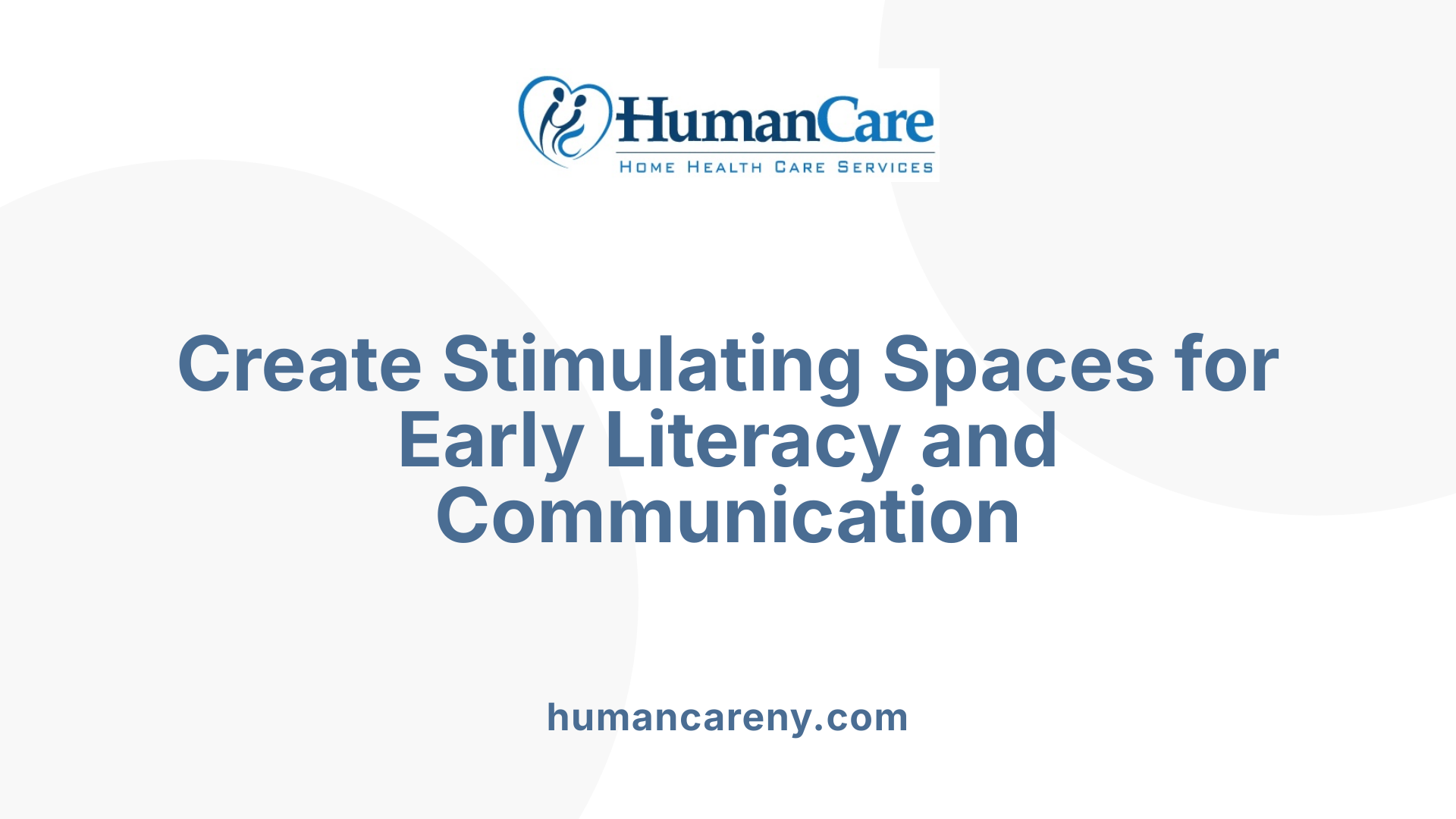 Creating a language-rich environment in homes and care settings is crucial for fostering early childhood development. When children are surrounded by a variety of words, engaging conversations, and diverse texts, they are more likely to develop strong communication and literacy skills. Such environments provide constant, meaningful exposure to new vocabulary, which helps children understand and use language effectively.
Creating a language-rich environment in homes and care settings is crucial for fostering early childhood development. When children are surrounded by a variety of words, engaging conversations, and diverse texts, they are more likely to develop strong communication and literacy skills. Such environments provide constant, meaningful exposure to new vocabulary, which helps children understand and use language effectively.
In practical terms, caregivers and educators can use strategies like dialogic reading—where adults involve children actively in storytelling—describing routines and objects with descriptive language, and integrating multicultural resources such as books, songs, and videos from different cultures. These approaches not only introduce children to new words but also encourage active participation and curiosity.
Building a foundation for language involves understanding and applying the rules of language systems, including semantics (meaning), syntax (sentence structure), and phonology (sounds). Engaging children in conversations, reading together daily, and using props and music for interactive activities help establish these core elements.
Furthermore, creating an environment that supports foundational literacy skills—such as recognizing letters, understanding story sequences, and phonological awareness—sets the stage for successful reading and writing later on. When children frequently experience a language-rich setting, they develop better problem-solving skills, cognitive flexibility, and social competence.
Overall, a sustained focus on developing a language-rich environment actively promotes vocabulary growth, critical thinking, and effective communication. These are essential skills for academic achievement, social interactions, and lifelong learning.
Responsive Interactions as the Cornerstone of Language Development

How can caregiver interactions support children's language development?
Responsive interactions between caregivers and children are vital for fostering strong language skills, especially during the critical early years. These interactions include talking, reading, singing, and engaging in play that is sensitive to the child's signals and cues.
When caregivers promptly respond to a child's babbles, gestures, or cries, they reinforce communication attempts and help the child understand that their words and actions matter. This 'serve-and-return' process creates neural connections in the brain that underpin language learning and social understanding.
Activities like reading picture books together, singing songs, or describing objects during play are excellent ways to enhance vocabulary and promote expressive and receptive skills. For example, describing what the child is doing or pointing out new words during routine activities can introduce language in meaningful contexts.
Research shows that the quality of these interactions directly correlates with language outcomes. Children whose caregivers frequently engage in responsive talk, describe their environment, and involve them in conversations tend to develop larger vocabularies and better language comprehension.
Interventions such as the JASPER program or parent coaching sessions have been successful in teaching caregivers how to increase their responsiveness. These programs focus on modeling contingent responses and fostering joint attention, which are crucial for language acquisition.
For children with developmental challenges, responsive interactions become even more important. They support not only language development but also emotional regulation and social skills.
In essence, nurturing, sensitive communication rooted in serve-and-return exchanges builds a solid foundation for lifelong learning. It encourages children to explore language confidently and develop meaningful social connections.
Impact of serve-and-return interactions on neural and social development
Serve-and-return interactions stimulate brain circuits involved in language, emotion, and social understanding. These exchanges promote synaptic growth, enhance attention, and strengthen caregiver-child bonds.
Children learn better in environments filled with warmth and responsiveness, especially when care partners respond to their interests and cues promptly. This positive feedback increases motivation to communicate and learn.
In practical terms, caregivers can improve these interactions by being attentive, using expressive facial cues, and using a variety of sound and word combinations during daily routines.
Overall, cultivating responsive, engaging interactions is essential for healthy neural development and social-emotional well-being, setting children on the path toward effective communication and positive relationships.
Early Interactions and Play: Building Blocks of Language Acquisition
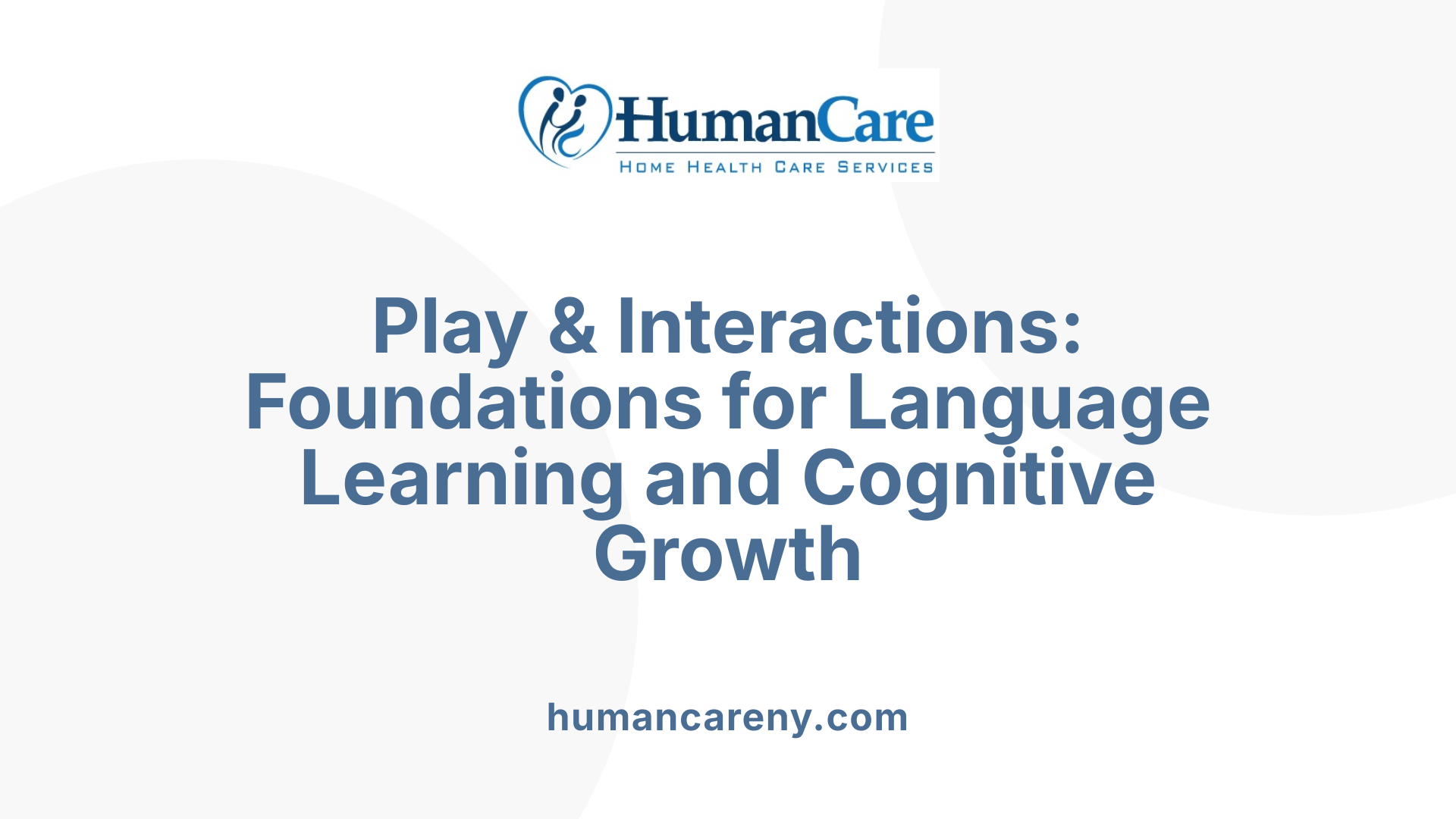
How do early interactions and activities enhance language acquisition?
Engaging children in meaningful interactions is fundamental to their language development. When caregivers talk to infants and toddlers about their environment, actions, and feelings, they provide essential exposure to vocabulary and sentence structures. Conversations that involve describing objects, describing what children are doing, or commenting on their responses build a language-rich environment.
Using gestures alongside speech supports non-verbal communication and helps children associate words with actions or objects, which is especially important for those with delayed speech or language challenges. Modeling full sentences and expanding on children’s words encourages them to use more complex language, fostering better expressive and receptive skills.
Activities like reading stories aloud, singing songs, and participating in imaginative play also bolster language skills. These activities promote repetition, introduce new words, and create emotional connections that make learning engaging and memorable.
Daily routines, outdoor exploration, and pretend play further strengthen language acquisition by providing varied, contextual opportunities for children to practice and understand language in social settings.
Use of gestures, modeling, and expanding vocabulary during interactions
Effective communication with young children involves more than just speaking. Gestures, facial expressions, and body language serve as visual cues that make understanding easier, especially for preverbal or non-verbal children.
Caregivers can model appropriate language by speaking clearly, using complete sentences, and elaborating on children’s attempts at communication— a strategy known as expansion. For example, if a child says
Supporting Language Development at Home: Practical Strategies for Parents and Caregivers

How can parents and caregivers support language development at home?
Parents and caregivers play a crucial role in nurturing language skills from a young age. One of the most effective ways to do this is through engaging in daily conversations with children. Regular talk that describes what children are doing, seeing, and feeling helps build their receptive vocabulary. For example, describing toys, environmental sounds, or daily routines encourages children to listen and identify new words.
Reading aloud is another powerful strategy. Daily reading introduces children to new vocabulary, sentence structures, and storytelling techniques. Interactive reading—pausing to ask questions or describe pictures—further deepens understanding. Singing songs, rhymes, and incorporating music creates a fun, memorable way for children to learn rhythm, rhyme, and language patterns, laying a foundation for literacy.
Modeling proper communication is essential. Caregivers should use clear, full sentences, attentive listening, and respond promptly to children’s attempts at communication. Encouraging children to express their feelings and thoughts fosters confidence and expressive language skills. Incorporating gestures, facial expressions, and visual aids can support understanding and encourage more expressive responses.
Limiting passive screen time is vital. Although educational programs can be beneficial, lengthy or unmoderated screen use can reduce opportunities for real-life interactions. Instead, creating routines that prioritize face-to-face engagement promotes active language use.
Establishing a language-rich environment involves labeling objects, describing daily activities, and using a broad vocabulary. These responsive interactions not only support language learning but also strengthen emotional bonds. By integrating these strategies, parents and caregivers can significantly influence their child's language development and set a strong foundation for future learning.
The Role of Speech Therapy and Home-Based Services in Enhancing Communication Skills
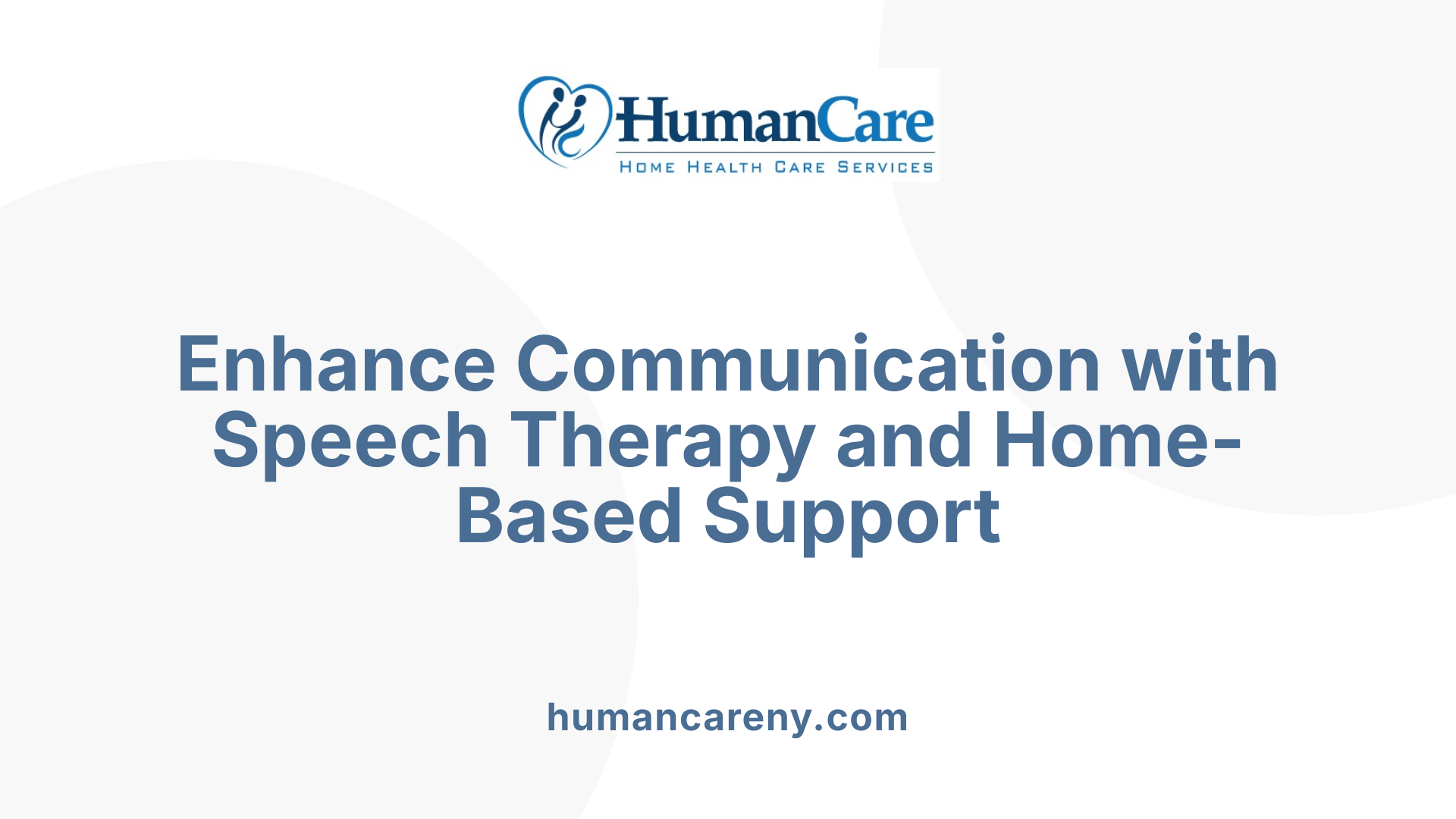
What role does speech therapy and home-based services play in developing communication skills?
Speech therapy and home-based services are essential components in promoting effective communication, especially for children with developmental delays, neurological challenges, or physical limitations. These services provide customized, evidence-based approaches designed to meet each child's specific needs.
Therapists conduct thorough assessments to understand the child's strengths and difficulties. Based on this, they implement targeted interventions such as vocabulary expansion, articulation practice, and exercises that support cognitive-linguistic development.
In addition to direct therapy, environmental adjustments are key. Visual aids, noise reduction, and AAC devices help create a supportive setting that encourages communication and reduces frustration.
Involving families in these services is vital. Caregivers are trained to incorporate strategies like responsive interactions, modeling proper language, and creating a language-rich environment. Supportive emotional engagement from family members fosters motivation and consistency in developing communication skills.
The combination of personalized therapy techniques and a nurturing home environment leads to improved social interactions, increased emotional well-being, and greater participation in daily activities. These services contribute not only to language development but also to overall growth, independence, and quality of life for children and individuals of all ages with communication challenges.
The Impact of Parental Sensitivity on Vocabulary and Language Growth
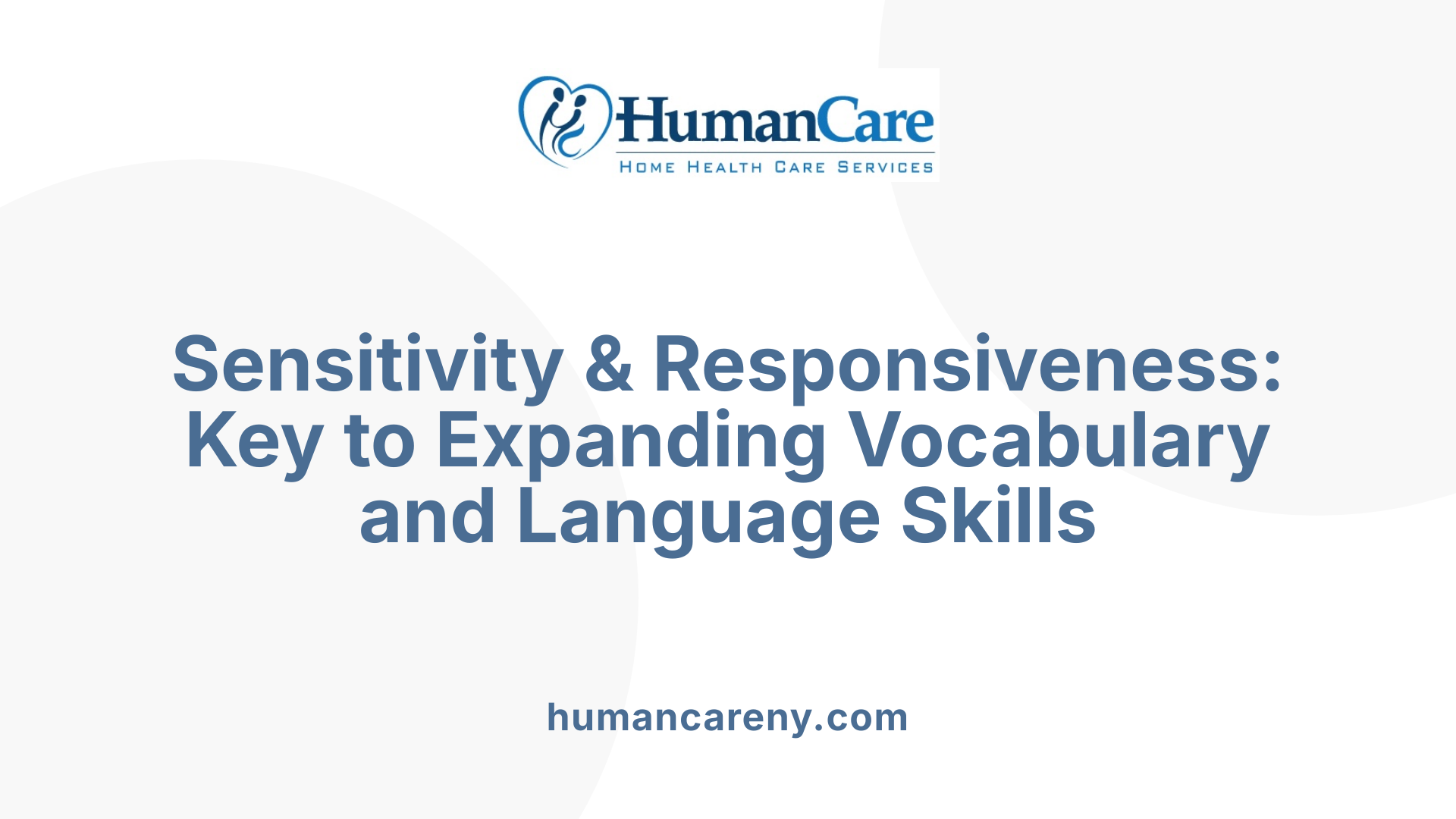
How does caregiver sensitivity and responsive communication impact a child's language growth?
Responsive and sensitive parenting significantly influences a child's ability to develop language skills effectively. When caregivers promptly and appropriately respond to a child's signals—such as sounds, gestures, or facial expressions—they foster an engaging environment that encourages communication.
Research shows that such responsive interactions support both receptive (understanding) and expressive (speaking) language development. By attuning to what the child is communicating, caregivers provide the right feedback at the right time, which reinforces learning and boosts confidence.
For example, high parental responsiveness is linked to larger vocabularies and more advanced language skills by age two. These interactions also create a sense of security, making children more willing to explore and experiment with language.
Interventions aimed at increasing parental sensitivity, like the Attachment and Biobehavioral Catch-up for Toddlers (ABC-T), have shown promising results. Children whose parents received ABC-T demonstrated more skilled receptive vocabulary compared to those in control groups. This is because these programs focus on training caregivers to be more responsive and attuned to their children's developmental cues.
The relationship between sensitivity and language is not just immediate but also long-lasting. Responsive caregiving sets a foundation for enduring language competencies that support literacy and social skills into later childhood.
Ultimately, fostering a responsive communication style enhances the child's language environment, promotes emotional well-being, and supports overall brain development. Equipping caregivers with skills in sensitive, prompt responses creates optimal conditions for children to thrive linguistically and emotionally.
Supporting Children with Special Needs: Tailored Strategies for Inclusive Communication
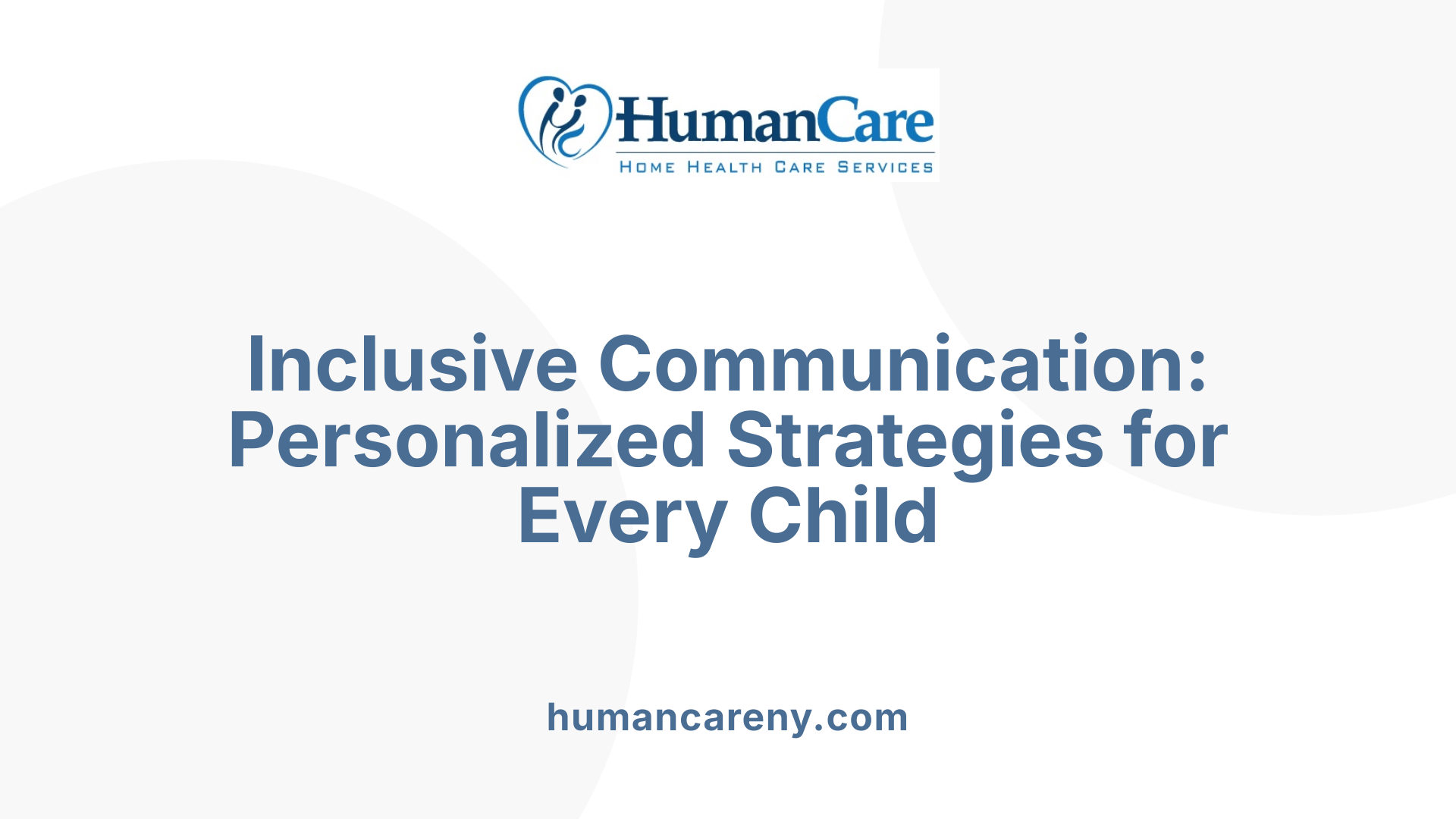
What are effective approaches for supporting communication in children with diverse developmental needs?
Supporting children with special needs requires a flexible and personalized approach to communication. One of the most effective methods involves implementing individualized strategies that are tailored to each child's unique development profile. For example, using visual aids, sign language, or augmentative and alternative communication (AAC) devices can be crucial for children with hearing impairments, speech delays, or other disabilities. These tools help children understand and express themselves more easily, fostering their social inclusion.
Early detection of language delays is essential for timely intervention. Healthcare providers and caregivers should monitor developmental milestones and use screening tools to identify delays as early as possible. Once identified, speech-language pathologists and other specialists can develop targeted interventions aimed at improving specific language skills and supporting overall communication.
Creating a language-rich environment is equally important. Incorporating daily reading, responsive talking, and interactive play provides neural stimulation that promotes language development. For children with particular disabilities, adaptations like accessible materials and tailored routines can further enhance their learning experience.
Collaboration plays a vital role in this process. Working closely with speech therapists, occupational therapists, educators, and families ensures that interventions are consistent across environments and that strategies align with the child's evolving needs. Family involvement is especially impactful, as parents and caregivers are often the child's first and most consistent communicators.
In environmental terms, modifications such as sensory-friendly spaces, visual schedules, and the use of adaptive technology provide inclusive settings where children can develop communication skills comfortably and effectively. These adaptations ensure that children with diverse needs receive equitable opportunities for interaction, learning, and growth.
Overall, supporting children with special needs in communication is about combining evidence-based practices, early intervention, active collaboration, and an inclusive outlook to foster meaningful participation in their social and educational worlds.
Enhancing Literacy and Conversation Skills Through Pediatric Home Care
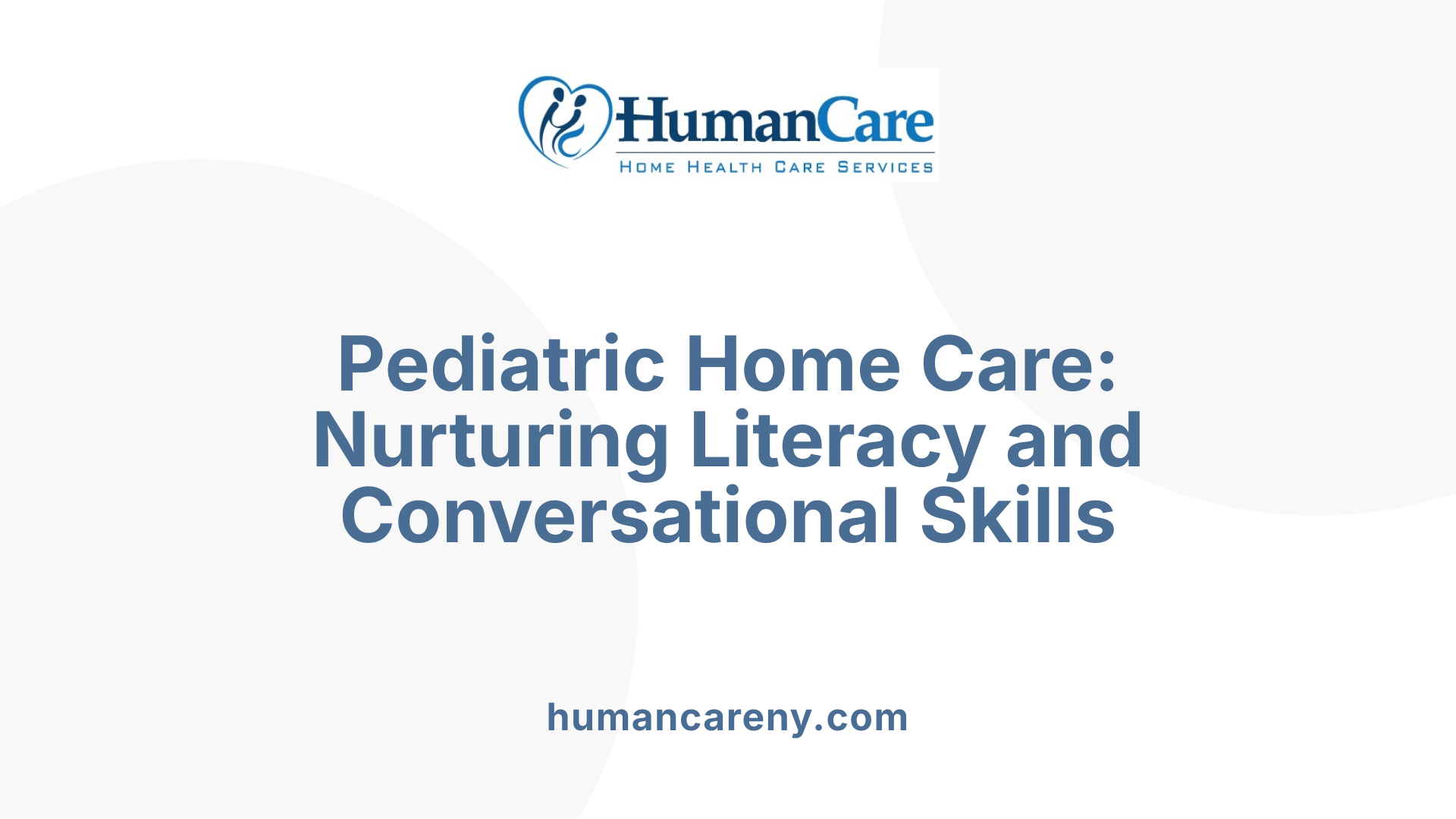
How do literacy and conversational skills develop through pediatric home care?
Literacy and conversational skills grow significantly when caregivers actively create language-rich environments during pediatric home care visits. Engaging children in shared reading, storytelling, singing, and play activities helps introduce new vocabulary, sentence structures, and storytelling techniques that boost language development.
Responsive interactions, such as 'serve-and-return' conversations, encourage children to express themselves, ask questions, and connect words with actions, fostering emotional bonds and cognitive growth. Caregivers can describe objects and environment, ask open-ended questions, and model proper language use to stimulate early communication skills.
Programs like Reach Out and Read exemplify these efforts by integrating literacy promotion into regular pediatric check-ups. These initiatives supply books to families and coach parents on how to read aloud effectively, discuss stories, and create engaging dialogue.
In addition, culturally inclusive books help broaden children’s understanding of diverse backgrounds, promoting empathy and inclusive language use. Utilizing community resources, such as local libraries, storytime groups, and literacy events, further strengthens the child's literacy foundation.
Supporting caregivers with guidance on incorporating daily reading routines and language activities sustains development beyond visits. This comprehensive approach in pediatric home care strengthens children's communication abilities, social-emotional skills, and readiness for school.
Overall, early and consistent engagement in literacy and conversational activities in a responsive, nurturing setting builds a solid foundation for children’s future educational success and lifelong learning.
Fostering Lasting Communication Skills Through Empowered Caregivers
In conclusion, pediatric home care serves as a vital platform for nurturing communication and language development in children across diverse backgrounds and needs. By creating language-rich environments, engaging in responsive interactions, leveraging speech therapy when necessary, and supporting families through education and resources, caregivers and health professionals can lay a strong foundation for lifelong learning and social competence. Early interventions, tailored strategies for children with special needs, and an emphasis on play and literacy activities foster not only language acquisition but also emotional regulation and social integration—cornerstones of healthy development. Empowering caregivers with knowledge, tools, and confidence transforms everyday interactions into powerful opportunities for language growth, ensuring that every child has the opportunity to find their voice and thrive.
References
- Enhancing the language development of toddlers in foster care by ...
- Supporting the Communication of Infants and Toddlers
- How caregivers can help build children's emerging language skills
- The Importance Of Communication In Pediatric Home Care
- Communication Strategies for Empowering and Protecting Children
- Supporting the Communication of Children: Environments and ...
- Speech Therapy (SLP) for Pediatrics: A Parent's Guide - Coral Care
- Language development and literacy: Play and early literacy
- How to Foster Language Development in Young Children at Home



